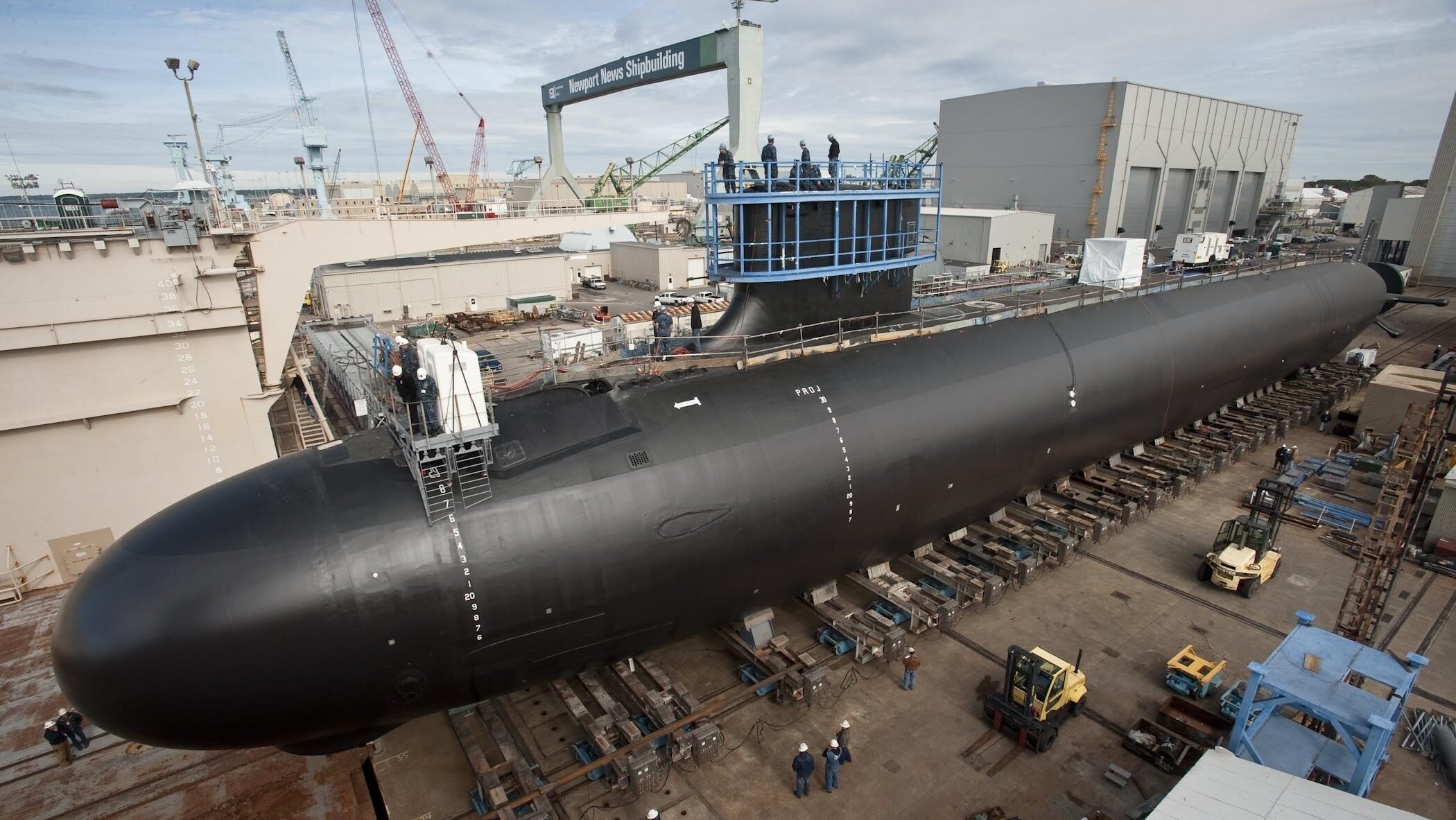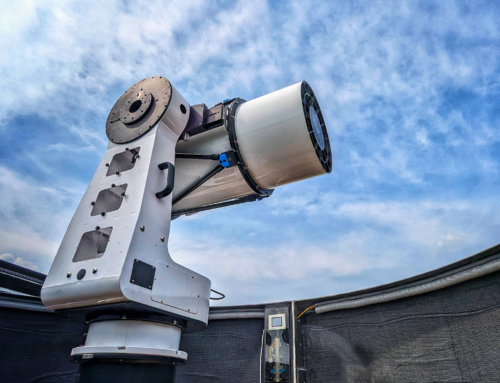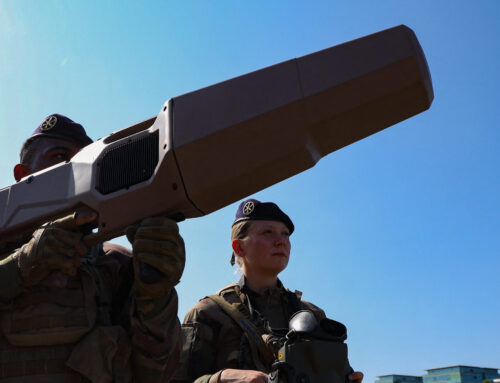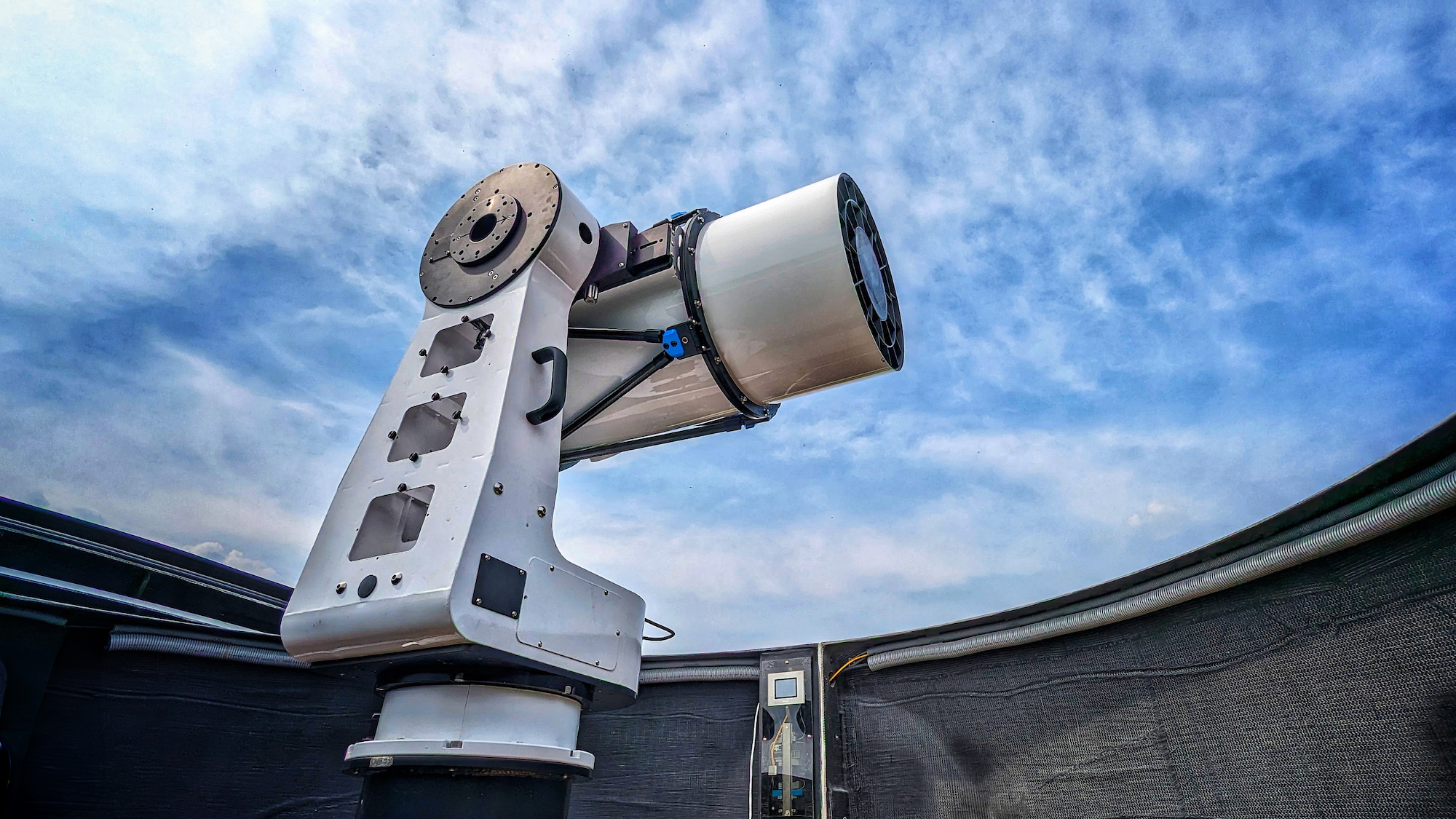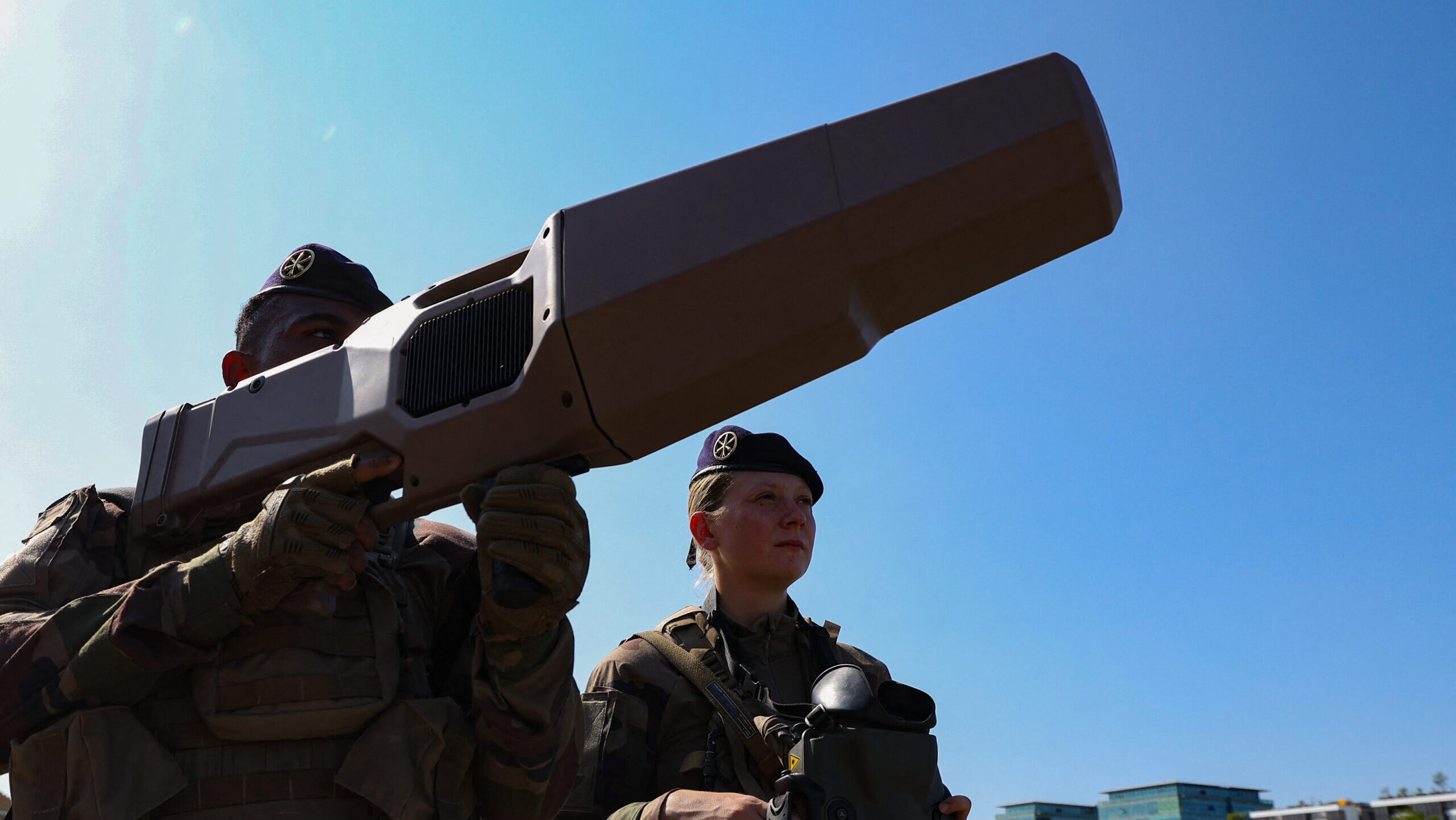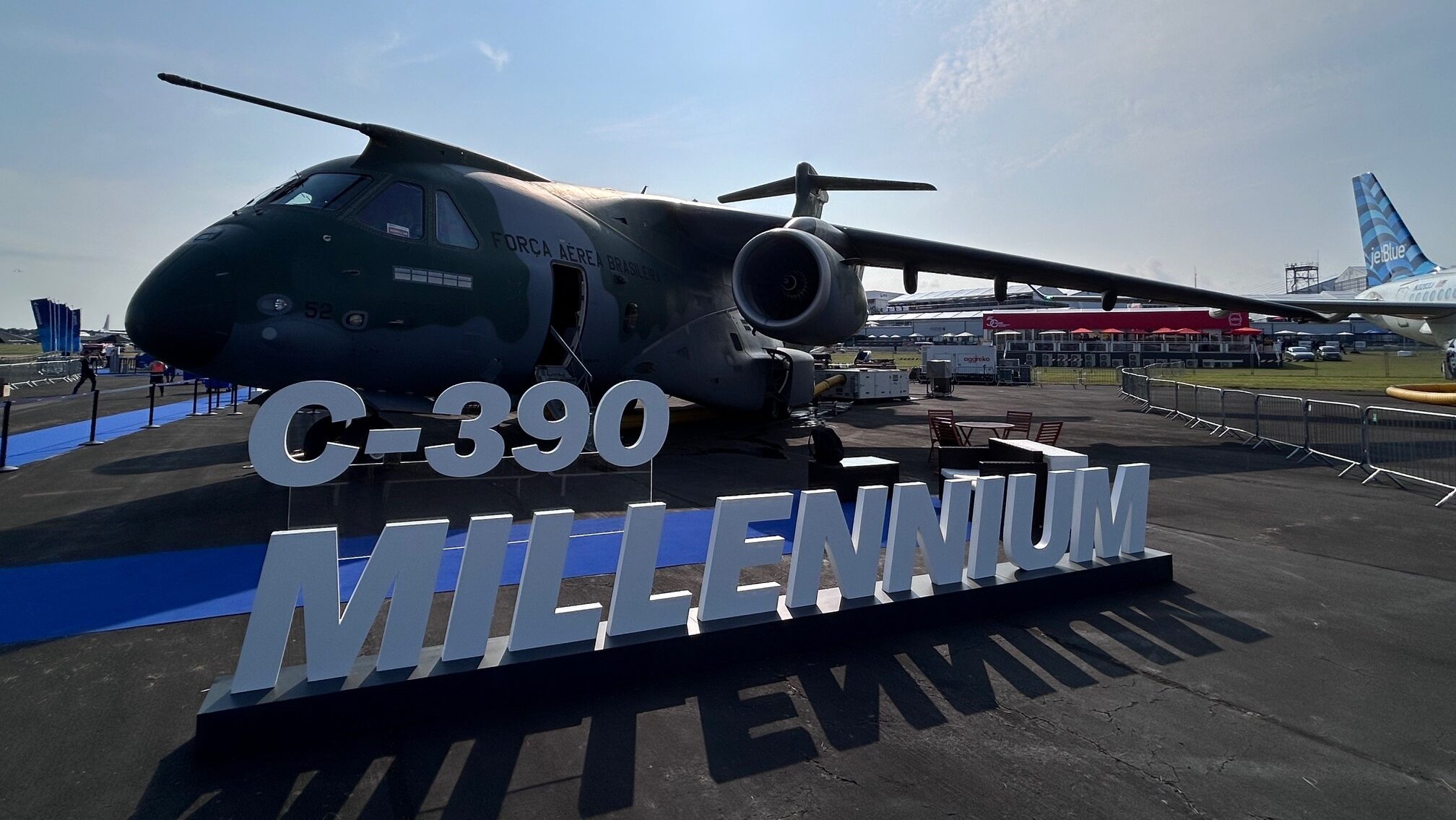The Virginia-class attack submarine Minnesota (SSN 783) is under construction at Huntington Ingalls Newport News Shipbuilding. (US Navy photo courtesy of Newport News Shipbuilding/Released)
WASHINGTON — The Office of Management and Budget today delivered a request to Congress for approximately $5.7 billion in emergency funding to account for unexpected “shortfalls” in the Navy’s Virginia-class fast attack submarine program, according to a senior Navy official.
The emergency funding request was accompanied by a separate “anomaly” that would permit the service to continue funding the Columbia-class ballistic missile submarine program in the event lawmakers pass a continuing resolution prior to when government funding is set to expire on Dec. 20. (Anomaly is the term the Defense Department uses when it seeks permission from Congress to spend money outside the traditional constraints of a continuing resolution.)
“Our Virginia-class fast attack submarine program is not where it needs to be right now. The program and the shipyards are not producing submarines at the rate that our national security strategy and the national defense strategy require,” the official, who spoke on the condition of anonymity, told reporters. The Navy’s stated goal for its submarine programs is the so-called “2+1” cadence, which refers to two Virginia-class subs and one Columbia-class submarine built per year. The service’s historical record for Virginia-class submarines is closer to 1.2 to 1.3 boats per year.
The official said roughly $2 billion would go towards addressing funding “shortfalls” for the two fiscal 2024 Virginia-class submarines and $1.5 billion would go towards a similar anticipated shortfall for the one Virginia-class boat in the FY-25 budget.
The rest of the funding would be split between submarine prime contractors General Dynamics Electric Boat and HII’s Newport News Shipbuilding for increased wages and “other productivity enhancements,” the official said.
Both General Dynamics and HII in their most recent earnings calls have expressed concerns about the state of the post-COVID supply chain as well as the financial pain it has put on them. While speaking to reporters, the senior Navy official said the service has had numerous conversations with those companies and sees the emergency funding as a way to address the issues raised during those talks.
RELATED: GD chief says Navy’s 1 sub buy won’t impact company short term, but out years less certain
“The phasing of these investments is focused on improving shipbuilder capability, capacity and efficiency and thereby reducing submarine construction delays and hope and ultimately controlling costs of future submarines,” the official said.


